TP-SCPOE-1224
12V 8A PWM Solar Battery Charger w/24V 30W Passive PoE Out and 12V 1.5A Aux Out
User Guide
$99.95
336 in stock
- Ships in 1-2 days
- No Risk Guarantee
- 2-3 Year Warranty
Features
• Dual Input – Charges 12V or 24V Batteries from Solar Panel and / or Passive PoE
• Built in DC to DC converter with various Passive PoE output voltages available: 48V
• Compact and high temperature operation
• Low self consumption < 0.5W Applications
• Remote Power Systems; Surveillance, Sensors
• Wireless Stations ; AP / Client / Repeaters
• UPS Systems ; Lighting, Fences, Gates
Applications
• Remote Power Systems; Surveillance, Sensors
• Wireless Stations ; AP / Client / Repeaters
• UPS Systems ; Lighting, Fences, Gates
Tycon Solar unique PoE/Solar charge controllers have dual inputs to charge batteries from a PoE source and also a secondary source like solar panels in order to provide redundancy and insure 100% uptime for critical applications. The solar panel input takes priority so that when the sun is shining the grid power usage is minimized. They have a built in PoE inserter with DC to DC converter that delivers 48V at the PoE port. They have full electronic protections for short circuit, reverse current, overvoltage, overcharge and over discharge.
They have five LED indicators to give a quick visual status if current is being supplied by a PoE source or solar panel, if battery is charging, If load output is turned on and a warning if battery is connected with reverse polarity. Solar and Battery Connections are via 5 screw terminals for wire size up to 10AWG. PoE Input and Output is via 2 RJ45 shielded connectors. There is a secondary output connector on the back with 5 screw terminals for connecting other electronics to the controller using up to 10AWG wire. This secondary output is equal to the battery voltage. The controllers are externally fused with a standard replaceable fuse.
Technical Information
| Ship Weight | 1.05 lbs |
|---|---|
| Ship Dimensions | 11 × 7 × 2 in |
FAQs
You must be logged in to post a review.
You may also like…
48V 20A MPPT Solar Controller w/ 7 Port GigE Passive PoE Switch/Remote Monitor, 24V/48V PoE, 35W/port, 2.25A Aux Port, Manageable, Industrial Strength
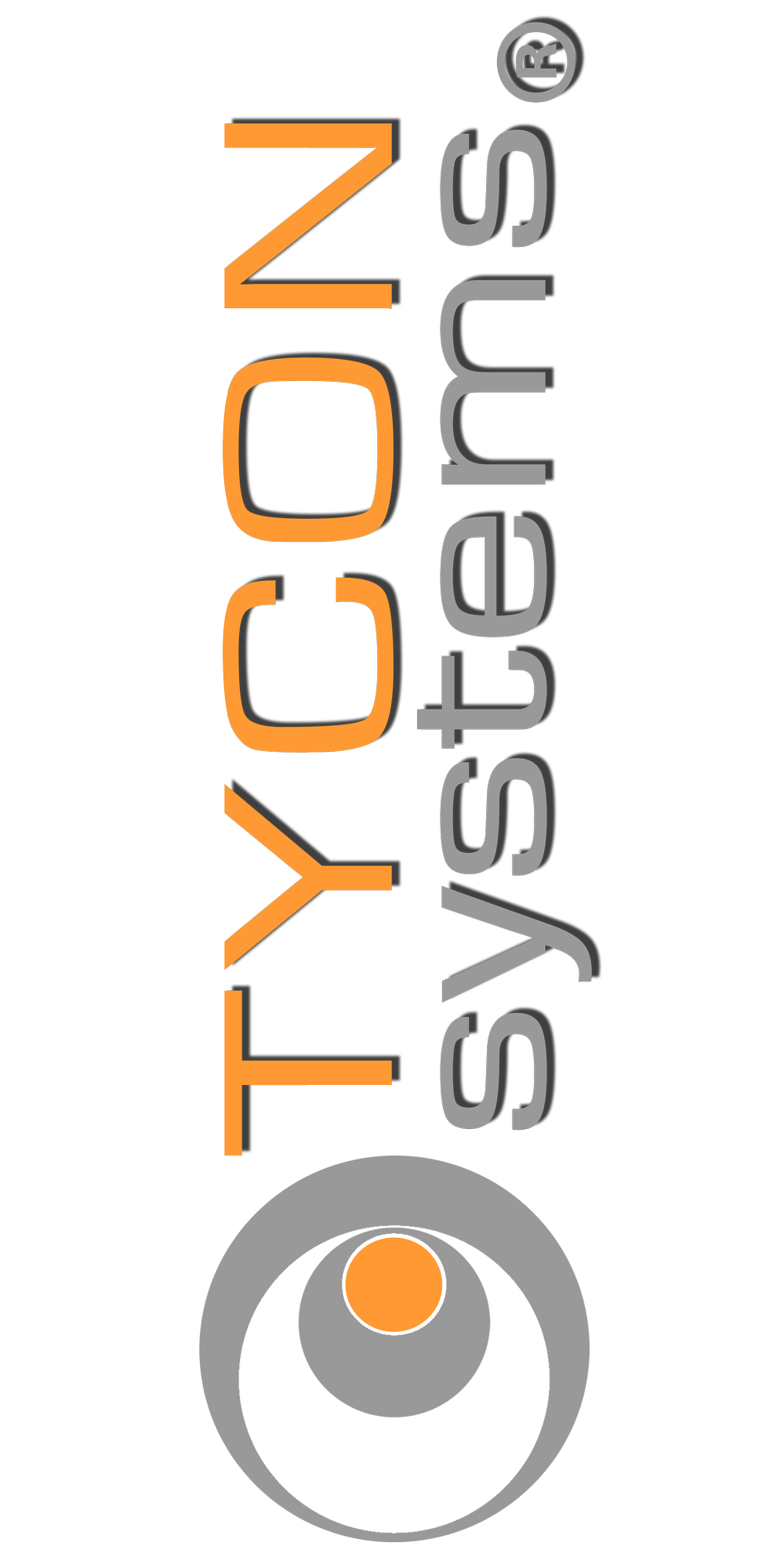
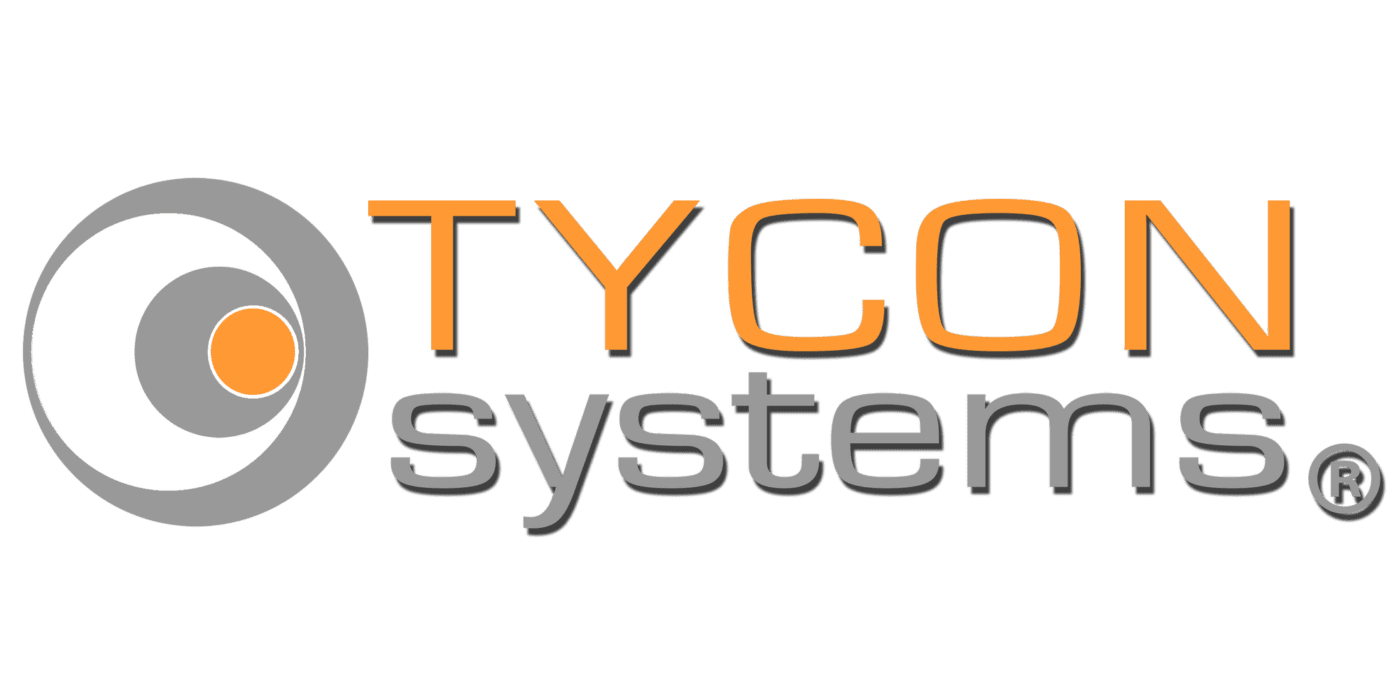
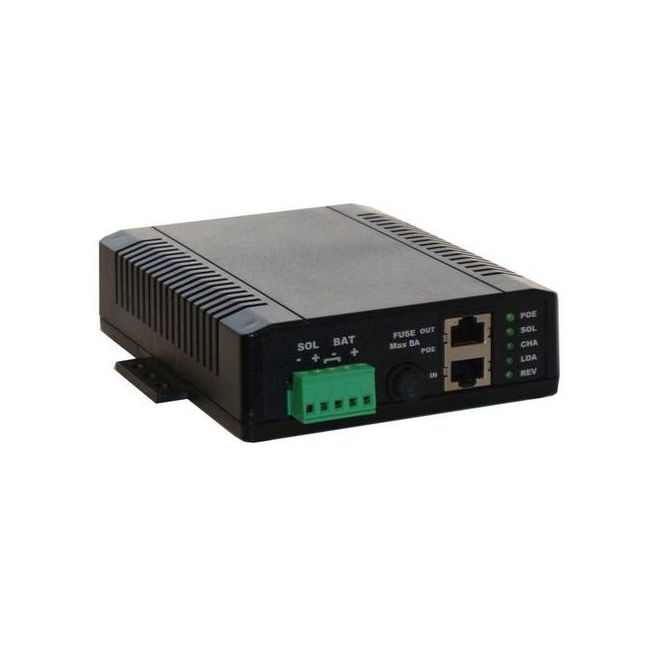
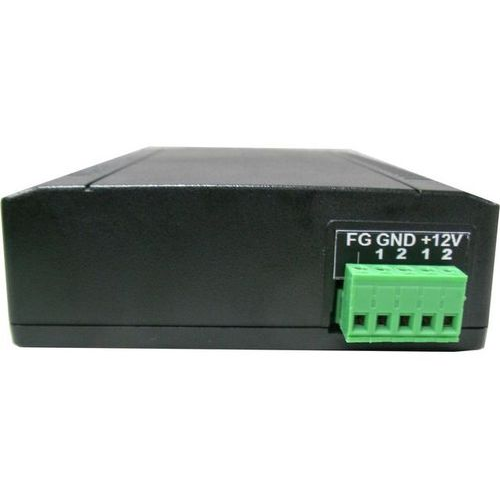
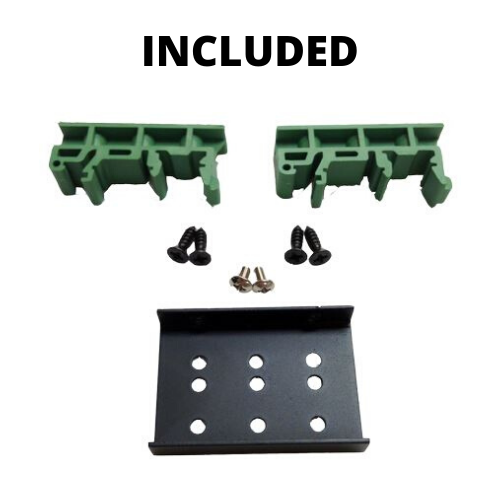
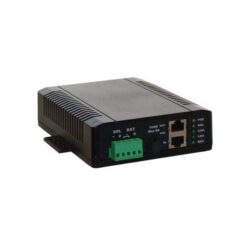
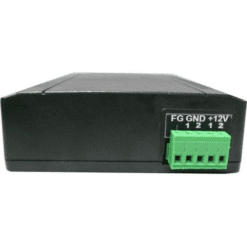
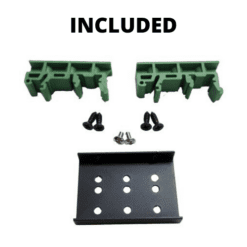

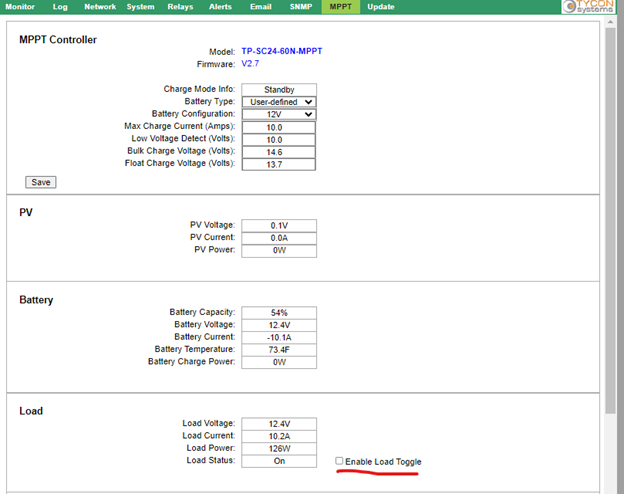

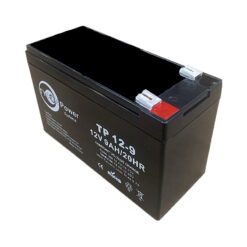
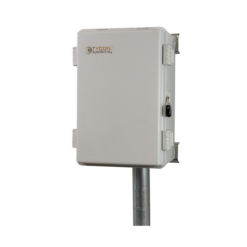
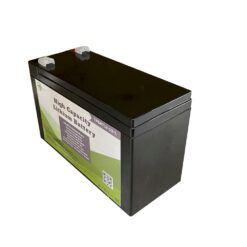
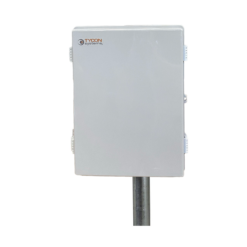
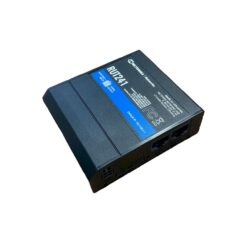
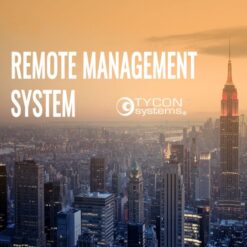
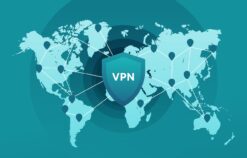
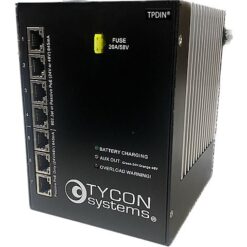
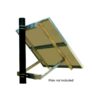
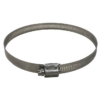
Reviews
There are no reviews yet